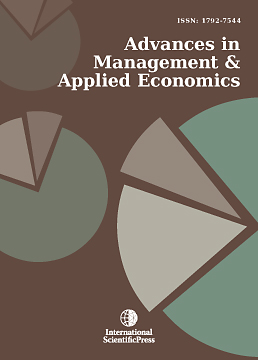Advances in Management and Applied Economics
Exchange Rate Regimes and Trade Deficit A case of Pakistan
-
 [ Download ]
[ Download ]
- Times downloaded: 10432
Abstract
The study aims at the investigation of the relationship between the volatility of exchange rate and imports, exports and trade deficit of Pakistan while making a comparison between three consecutive decades (1980 through 2010). This comparison is intended to account for the political influence of democratic and non-democratic regimes on exchange rate, imports, exports, and trade deficit. The data of the variables is collected from official websites of Pakistan Bureau of Statistics and State Bank of Pakistan over a period of 30 years. The first part of the study is descriptive comparative analysis which showed that in the last regime (2000-10) exchange rate volatility performed most consistently; exports, imports and trade deficit growth were highest. The second part of the study is to investigate the link between the volatility of exchange rate, imports, exports and further trade deficit. The results showed the exchange rate volatility does have any significant impact on trade deficit. However, it has significant positive (contradictory to the previous studies) impact on imports and exports. Moreover, the duration for analysis can be extended.
